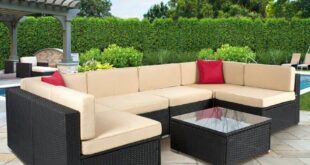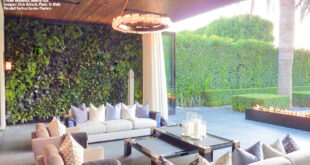Good lighting is important in every room of the house, but especially so in a bathroom. Choose the wrong lightbulb and you’ll look jaundiced while applying makeup. Put a device in the wrong place and you’ll shave in the shade. You want a few different light sources to make the space pretty but also functional. Which lights and where? Here are some tips that may help!
general information
Maximize Natural Light: Nothing beats natural daylight to lift your mood and set the circadian rhythms that regulate wake/sleep cycles. There is a vast and growing body of scientific literature on this phenomenon. It is therefore ideal to design a bathroom with as much natural light as possible. Make sure window treatments let the light in. When designing or renovating a new home, the best place to place a bathroom is north-facing: light from the north is indirect, creating a soft, diffused light. When choosing fixtures for a bathroom, give preference to 4 inch recessed lights overhead that have a clean look. Pair a ceiling light with sconces next to or above the mirror to make the reflection more flattering. Choose the warmest light, e.g. BB 2700K LEDs.
chandelier
Many homeowners like the sense of luxury that a chandelier or pendant light can bring to a room. To avoid code problems, make sure the device is at least 3 feet from the tub and 7 feet or more above high water level. Also, put it on its own switch with a dimmer.
vanity lights
The best possible lighting for activities in front of the bathroom mirror is provided by fittings on both sides at about eye level with the user. This means that no part of the face remains in shadow, as is the case with an overhead lamp. If the mirrored wall is not an option, place the lights on the side walls or hang the pendants from the ceiling. Just try to get the light to either side where it works best.
bathroom lights
The building codes for lights above hot tubs and hot tubs are very strict. There must be no open or hanging structures within 8 feet of the tub or an additional 3 feet in front of the tub. Since most bathroom ceilings are no higher than ten feet, it’s generally not possible to have open or hanging lights over the tubs.
shower lights
There are any number of very light open plan shower panels. This means you can use sockets that turn the light down and dim it to the level you want, rather than struggling with the 60-watt max-lens sockets that have been the norm for years.
 decordip Interior Design Ideas
decordip Interior Design Ideas




